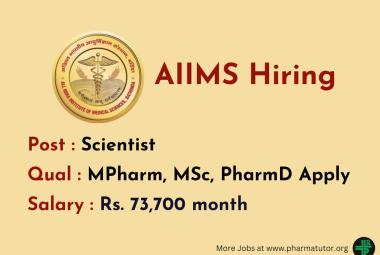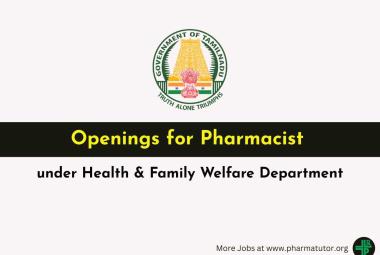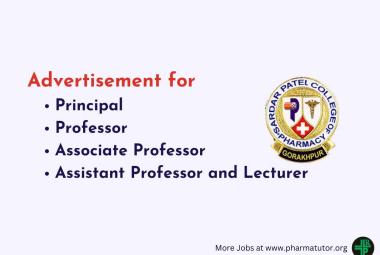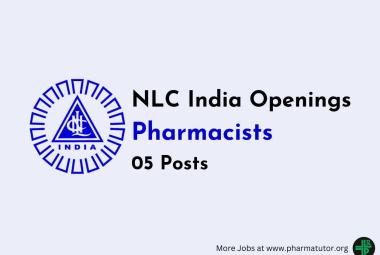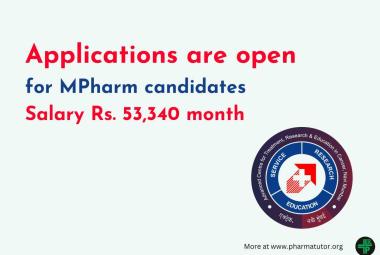 ABOUT AUTHORS:
ABOUT AUTHORS:
Dipal Patel*1, Dr. Kamal Singh Rathore1, Dr. O.P.Mahatma1, Twinkal Patel2
1B.N. Institute of Pharmaceutical Sciences, Udaipur (Rajasthan), 313001
2Shree Sarvajanik College of Pharmacy, Mahesana (Gujarat).
*dipalpatel786@gmail.com
ABSTRACT:
Asthma is a respiratory disease that affects both adults and children and asthma is today one of the most common chronic childhood ailments. There is no scientifically proven cure for asthma but it can be controlled and regulated. Natural treatments for asthma are meant to complement, or as an addition, to your existing medication but never as a replacement. Before using an herbal asthma remedy keep in mind that medicinal herbs can be as powerful as pharmaceutical drugs and should be treated as such so it is important to seek the support of your health care provider as some natural herbs for asthma treatment may conflict with pharmaceuticals commonly prescribed for asthma.


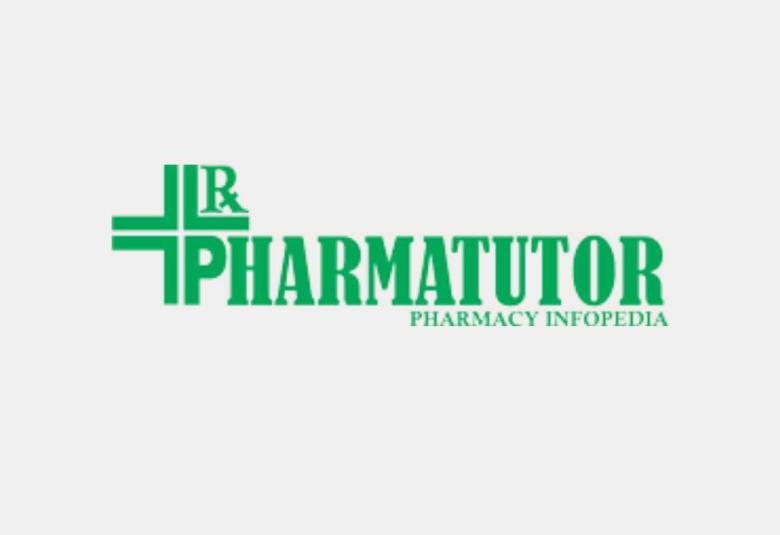
 ABOUT AUTHORS:
ABOUT AUTHORS: 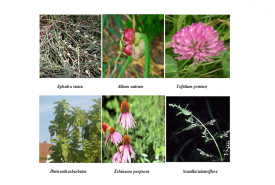
 ABOUT AUTHORS:
ABOUT AUTHORS: